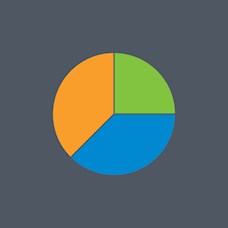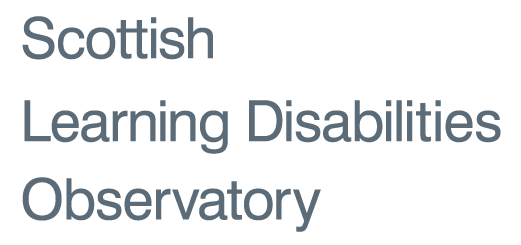Census 2011: People with learning disabilities & autism

Background
People with learning disabilities and autism make up 0.1% of the total population of Scotland, 18.0% of the whole population of people with autism in Scotland and 21.7% of the whole population of people with learning disabilities across all ages. Despite the prevalence rates of people who have both conditions, little is known about the physical or mental health status of this group within whole country populations.
Aims of this study
The aim of this study was to investigate the prevalence of mental health conditions, physical disabilities and other disabilities for people who have both learning disabilities and autism. A further aim was to look at the extent to which these conditions limited daily activities.
What we did
Data was analysed from Scotland's Census 2011, and descriptive statistics were generated about people with both learning disabilities and autism, compared with the general population.
What we found
The census reported that 43.2% of people with learning disabilities and autism had physical disabilities compared to only 6.7% of the general population. The proportion of people with mental health conditions was 31.3% for people with both conditions compared to 4.4% of the general population. 49.6% of people with learning disabilities and autism reported other long-term illnesses or diseases compared to 18.6% of the general population. Day-to-day activities were limited a lot because of long term health problems or disabilities for 73.1% of people with learning disabilities and autism, compared to 9.5% of the general population.
What these findings mean
Health is poorer for people with comorbid autism and intellectual disabilities than for people in the general population. They are more likely to report physical and mental health problems, long term illnesses and experience more resultant limitations on their daily activities. The Scottish Learning Disabilities Observatory is conducting further analysis on data from Scotland's 2011 Census.
For further information on this project, please contact Kirsty Dunn
Link to publication https://bmjopen.bmj.com/content/10/4/e035280
Page updated 1 May 2018
